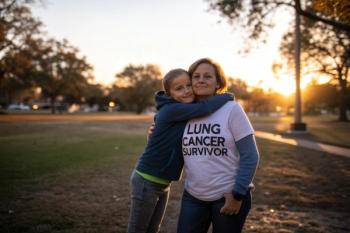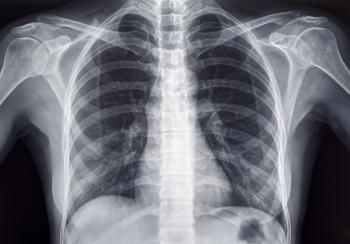
Financial Toxicity and Unmet Needs Among Lung Cancer Survivors
Cancer patients not only experience the physical and mental toll of treatments like chemotherapy but also face "financial toxicity" due to high out-of-pocket costs, which can challenge their ability to work.
Financial toxicity is an underrepresented burden of cancer care. Financial struggles are not only a burden to individuals living with cancer and receiving treatment, but cancer survivors as well. A study published April 2024 in
In the context of cancer, “financial toxicity” describes how the out-of-pocket costs of treatment often cause hardships alongside the more obvious toxicities of chemotherapy and other treatments. Cancer patients face costs associated with hospital stays, appointments, procedures, tests, medications and more.
Cancer may also make it more physically and mentally difficult for people to work. Not being able to work could affect employment-based health insurance. Financial toxicity sometimes causes patients to resort to skipping doses of their medication to make it last longer, or to completely avoid or delay treatment. Past
Compared to 10 years ago, treatment costs have increased with the development of newer and more expensive therapies. Even after beating the cancer, cancer survivors
One method researchers use to assess financial toxicity is the COmprehensive Score for financial Toxicity (COST). A study published in
Now, a group of researchers, led by
The results found that greater unmet needs were associated with lower quality of life and higher financial toxicity. Unmet needs were identified across multiple domains such as patient symptoms (physical needs), care coordination (medical needs), financial concerns (social needs), and functional status. For instance, the most common unmet physical needs were fatigue, sleep disturbances, memory and concentration, weakness, trouble breathing, weight changes, hair or skin changes, balance and mobility, neuropathy, and bowel or bladder changes.
“Our study is the first to demonstrate an association between more unmet needs and lower quality of life, and also worse financial toxicity in lung cancer survivors,” Hsu, lead author of the study, says in an email interview with MHE.
Quality of life and financial toxicity are important aspects of cancer survivorship. In their paper, the study authors noted that addressing these hardships through developing targeted interventions may help to improve quality of life, financial toxicity and reduce unmet needs among lung cancer survivors. With the rise of newer and more expensive therapies, it is essential that care teams also help patients navigate the financial implications of their cancer care.
“There is a growing number of lung cancer survivors, and a potential avenue to improve their quality of life and decrease financial toxicity is by intervening on unmet needs in the survivorship phase,” Hsu states.
Newsletter
Get the latest industry news, event updates, and more from Managed healthcare Executive.

















































